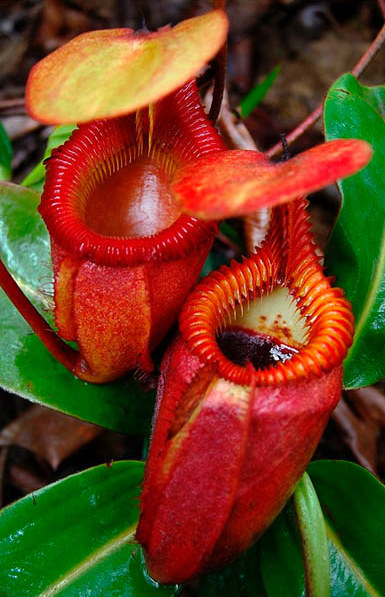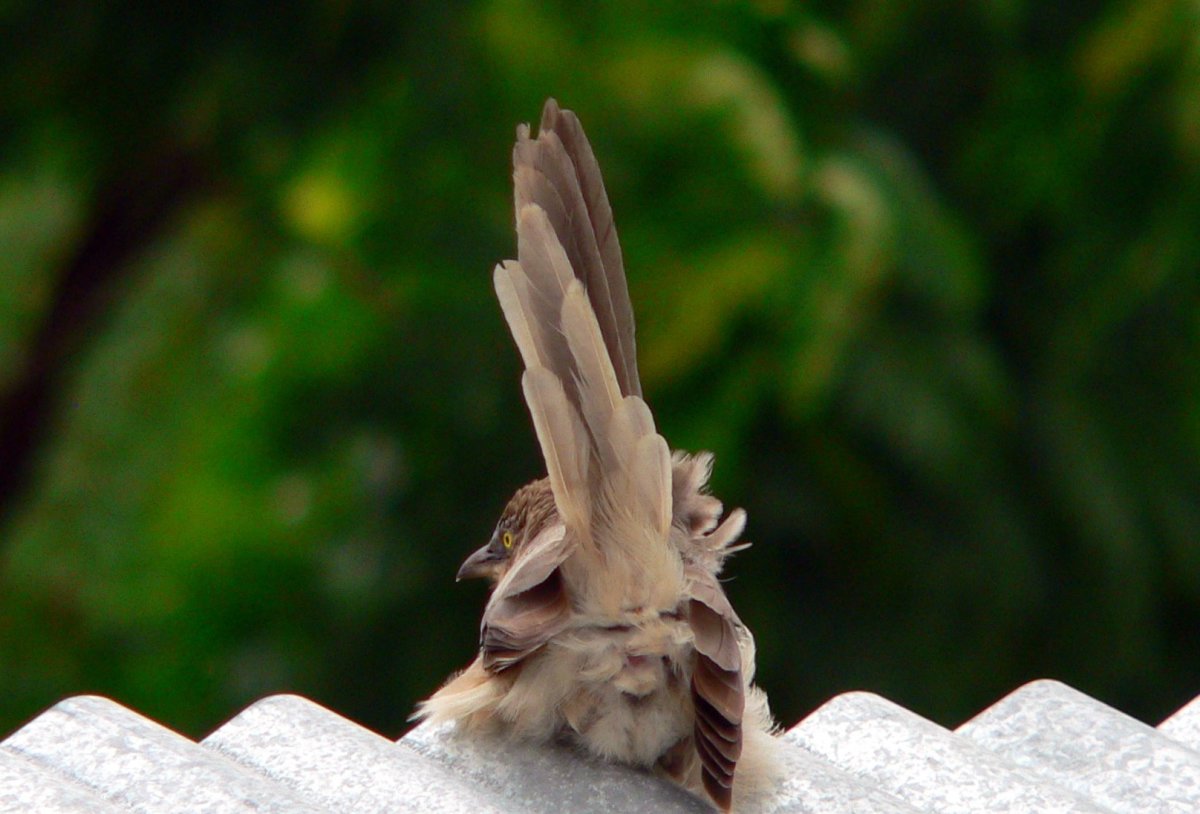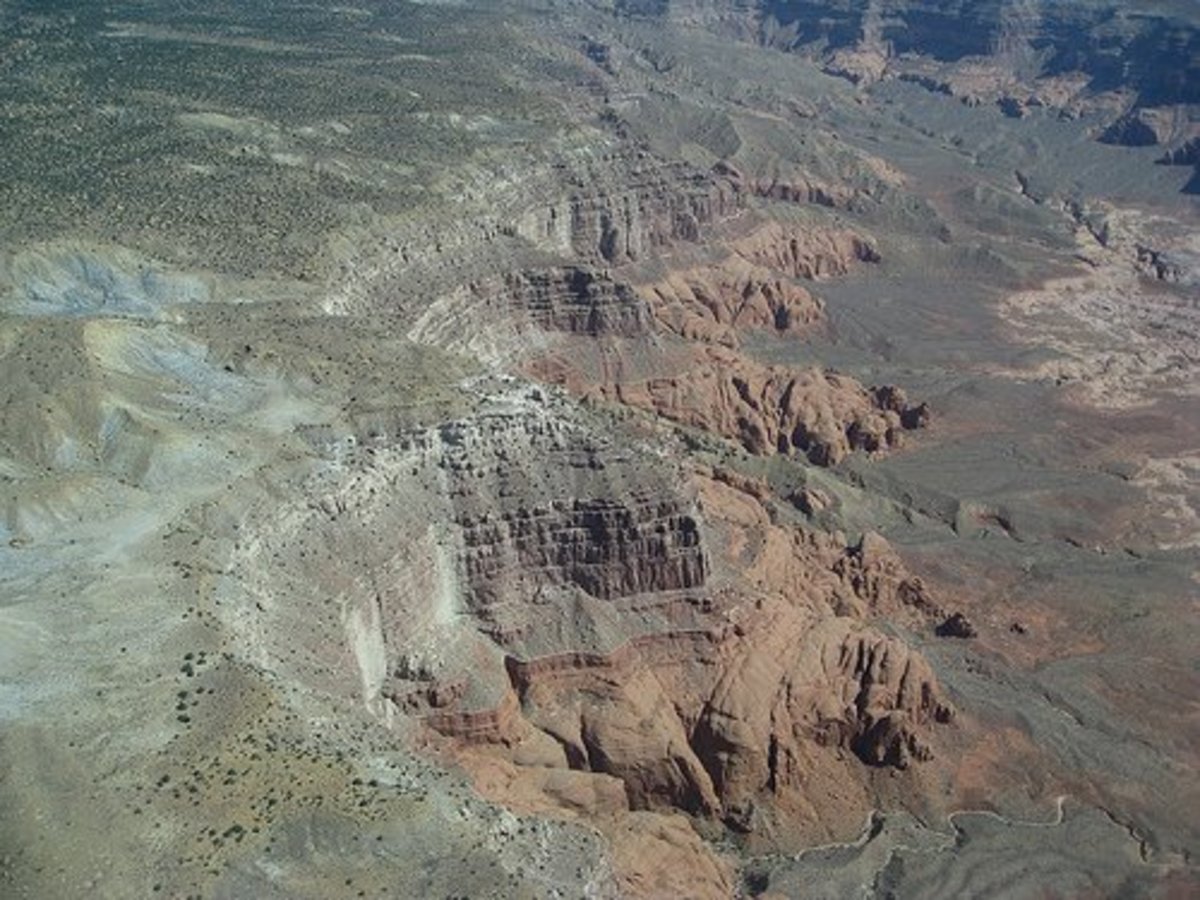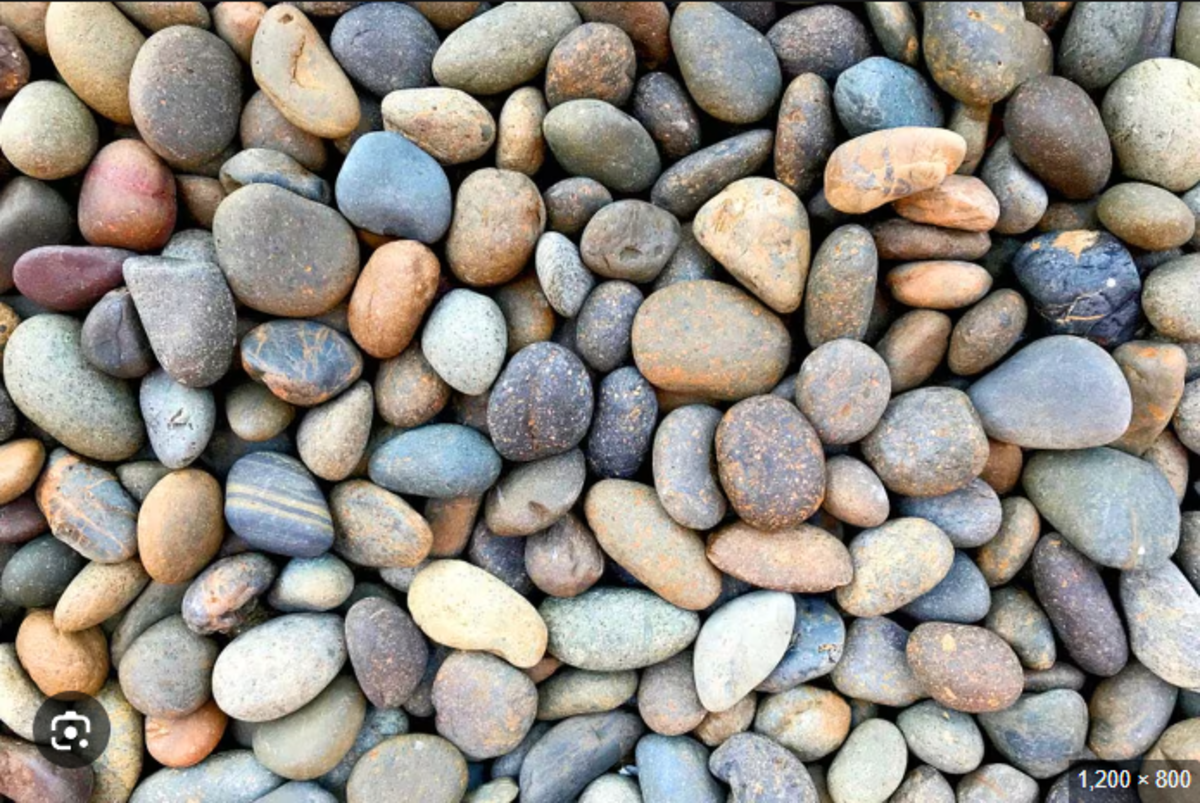Cover crops for improving soil quality of degraded upland soils
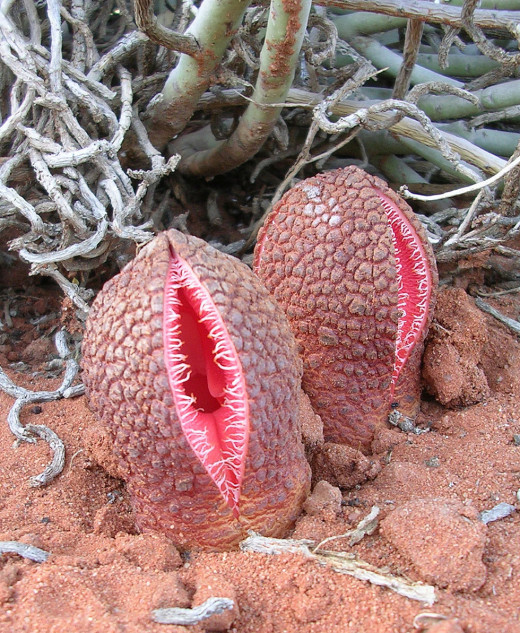
“the decline in sophisticated civilization in the past can be related to an expansion of the material culture and a population growth beyond the carrying capacity of the agricultural base.”
Richardson and Stubbs,1977
____________________________________________________________________________
KEYWORDS: Climate Change.Soil Erosion. Cowpea.Cover Crop. Soil Quality. Soil Degradation.Legume.
____________________________________________________________________________

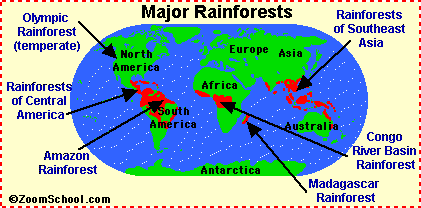
Introduction
“ The rain doesn't come on time anymore. After we plant, the rain stops just as our crops start to grow. And it begins to rain after the crops have already been ruined.”
Quote from an Ethiopian Farmer.
With climate change looming in the horizon, crop production will be as difficult as ever. Planet Earth is over heating, temperature rising due to global warming, resulting in aberrant weather system across the globe. Even the remaining six major rain forest of the world could not support cooling the thermal blanket that surround the earth surface. Land degradation will be accelerated affecting millions of agricultural lands. Rekacewicz (2008) estimated that " land degradation ( about 2 billion hectares of land worldwide) affects 38 percent of the world's cropland and may reduce water and nutrient availability (quality and access) for perspective , that represent 15 percent of the earth's land area (an area larger than the United States and Mexico combined) that has been degraded through human activities".
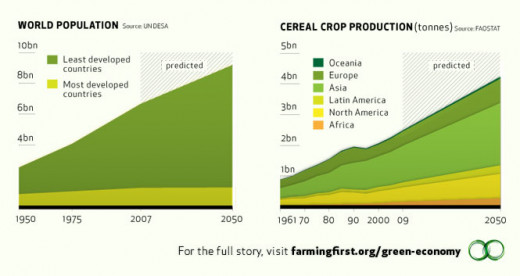
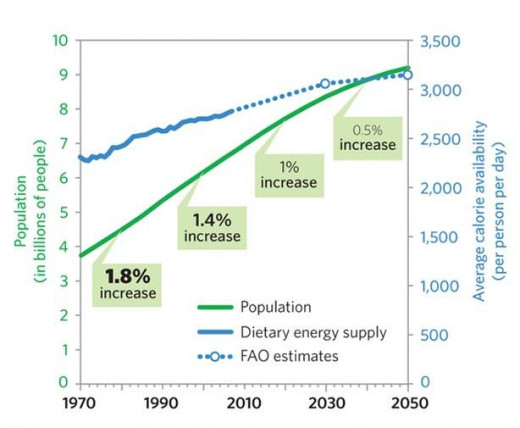
Food demand and production
As the population grew, the demand for food will be intensified as we move towards a halfway to the year 2050. The shortfall in cereal production will generate food insecurities among consumers that may lead to social unrest in the extreme, nevertheless, the need to accelerate food production is imperative in order to answer the growing food demand. However, climate change will be a barrier to this goal. Constraints to food production must be identified and seek out the solution in a long term basis. Food demand in the least developed countries will be more intense than the well-developed countries. The effects of low production and or crop failures due to climate change will be delegated to developed countries in supplying the shortage. Southeast Asia, Central Asia and Africa will be the most hit by this scenario unless a concerted effort among its stakeholders is drawn.
Geography of degraded Uplands
Degraded uplands constitute about 40 percent of the earth's cover. soil erosion is the main factor in making this land unproductive. Wind and water is the main physical agent,human activities like overgrazing, improper production practices ("kaingin" or slash and burn system)-desertification, forest fires, improper tillage and crop management practices among others, contributes significantly to soil degradation. As a result of erosion over the past 40 years, 30 percent of the word's arable land has become unproductive. Statistics on soil erosion from over 125 sources revealed that " the United States is losing 10 to 40 times faster...and China and India are losing 30 to 40 times faster ..than the natural replenishment rate. " (Pimentel,2006).
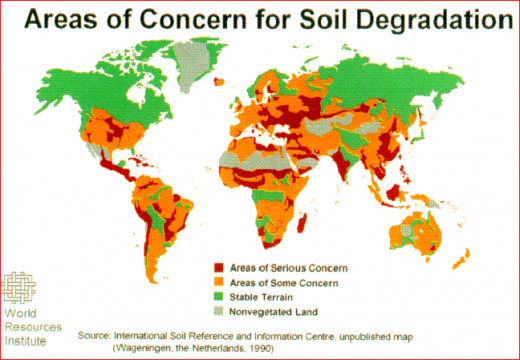
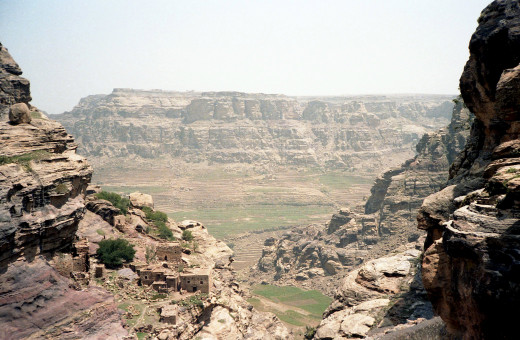
Why focus on cover crops ?
Since the mid-20th century, various land use practices have degraded 5 billion hectares (about 43 % of earth's vegetative land).This land degradation results in reduced productive potential (Rekacewicz,2008). As the results of erosion over the past 40 years,30 percent of the world's arable land has become unproductive(Pimentel,2008).Attendant to this problem is to seek the best option for re-invigorating the productive potential of the land. According to Clark (2007), by land management practices; cover crops,crop rotation,and reduce tillage are the best options in preventing soil loss, soil erosion, and increasing organic matter content of the soil. Because of the important function of cover crops in erosion protection and water conservation, the use of appropriate cover crop species for specific site needs, only then, the sustainability of the uplands will be realized.
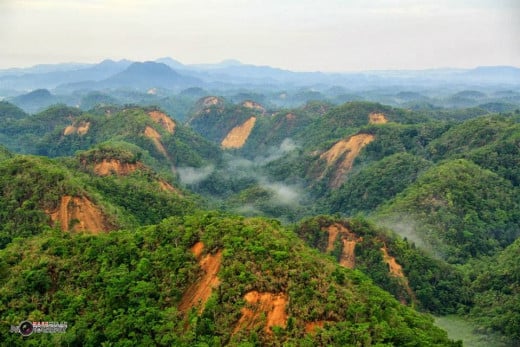
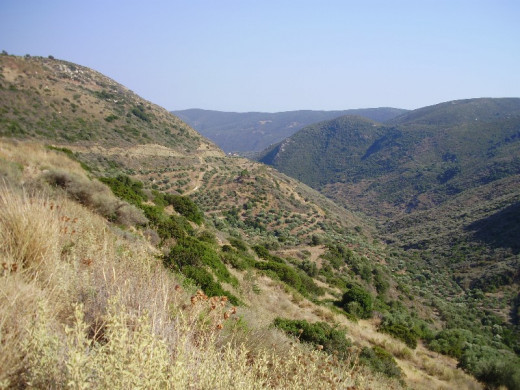
What are cover crops
In 1996, the Natural Resources Conservation Service, United State Department Agriculture, recommended the use of cover crops in protecting soil organic matter.Cover crops provide protection of the soil surface, add residue and organic matter to the soil. Cover crops are grown between the regular crops like corn, soybean and wheat. Furthermore, cover crops are grown for a variety of reasons; such as, reducing soil compaction, covering the soil to protect it from erosion by wind and water , improving soil structure, increasing soil organic matter, scavenging nitrogen from soil that otherwise be lost to percolation, runoff or volatilization, producing forage or pasture ,
Climate and growth duration
In temperate countries like the US, cover crops are categories into 4 groups, that is, grasses, legumes, brassicas, and mixed (combination of the 3).However, the use of cover crops in crop production is also tied up with climate, seasons and growth duration.
Climate and Growth duration's of cover crops
1.Temperate climate
| Example
| |
|---|---|---|
a.winter annuals
| crimson clover
| |
b.perrinials
| red clover, white clover
| |
c.biennials
| sweet clover
| |
d..summer annuals
| crimson clover, cowpea
| |
2.Tropical climate
| cowpeas
|
Source: Clark, A. 2007
Among cover crops, the legumes are the most preferred because of its potential as a food crop in the Tropics and Africa.The strong preference for legumes is due to their ability to fix atmospheric nitrogen for use by subsequent crops, reduce or prevent erosion, produce biomass, add organic matter to the soil, and attract beneficial insects.Legumes provide an excellent break in the crop rotation that reduces the build up of grassy weed problems, insects, and diseases.The ability of legumes to fix atmospheric nitrogen is perhaps the most notable aspects that set them apart from other plants. In addition, legumes can provide a wide range of important soil quality benefits.
The soil quality benefits derived from legumes as cover crop, includes the following; increasing soil organic matter, improve soil structure, decrease pH, diversifying the microscopic life in the soil, breaking disease build up, and weed problems of grassy type crops (USDA,NRCS,1998) The term soil quality,soil health , and soil condition however;are interchangeable . Soil quality is defined as the capacity of a specific kind of soil to function within natural or managed ecosystem boundaries to; sustain plant and animal productivity, maintain or enhance water and air quality, and support human health and habitation(Soil Quality-Technical Note #6,1996). Among the important cover crops, Cowpeas are most productive heat adapted legume used in the US agronomically (Clark,2007).
The Cowpeas
The Cowpeas are leguminous plants that belong to family Fabaceae. There are several important genera under this group, but the most prominent is the genus Vigna. Considered as the most important food legume crop in Sime-arid tropical Asia, Africa, Southern Europe, Central and South America because of their drought tolerance trait and a warm weather crop,well adapted to drier regions of the tropics where other food legumes do not perform well.(Wikipedia,2015) Cultivated around the world, Cowpea (Vigna unguiculata (L.) Walp.is classified into four groups:
Cultivar groups, common names and uses of Vigna unguiculata (L.) Walp.
Group
| Common name
| Uses
|
|---|---|---|
Unguiculata
| Crawder pea, Southern pea, Black-eyed pea
| food ,feed ,fuel ,biomass
|
Biflora
| Catjang, Sow pea
| food , biomass
|
Sesquipedalis
| Yardlong bean, Asparagus bean, Chinese long bean
| food , biomass
|
Textilis
| none
| fiber , biomass
|
Source: Wikipedia, The Free Encyclopedia,2015.
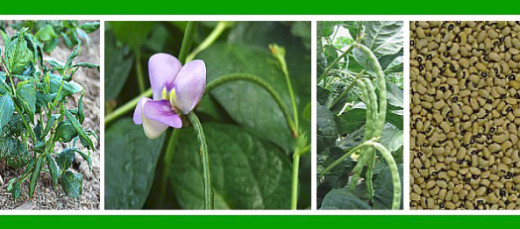
Cultivated Cowpea is grown primarily for seeds but also for vegetable and harvested when still green. Cowpea is not only for human consumption but also for animal feed Many cowpea cultivars have viny growth habit but modern plant breeding has developed more upright, bush type cultivars.The viny type is preferred for forage or cover crop while the bush type is better suited for direct seeding monoculture crop.Worldwide production of cowpea is about 20 million acres.Largest production is in Africa with Nigeria and Niger predominating.Cowpea is internationally known also as lubia, neibe, coupe or frijole.
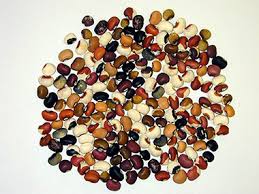
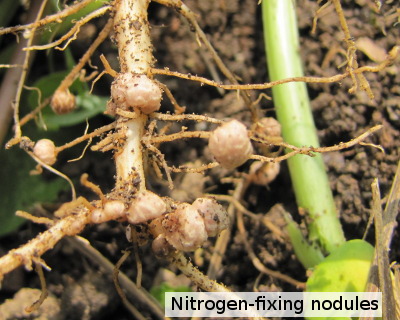
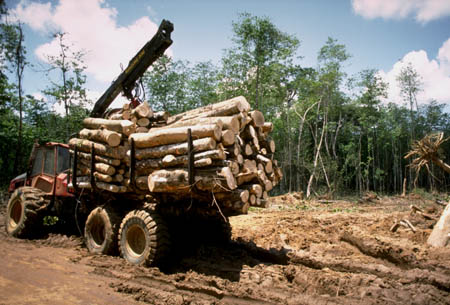
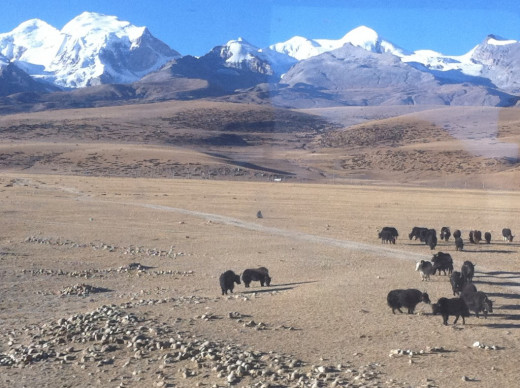
Benefits from Cowpea
According to Clark (2007), crops planted in degraded upland soils may benefits from cowpea as cover crop from the following attributes:
a)Weed smothering biomass-whether planted drilled or broadcast, cowpea quickly shade the soil to block out weeds with its high biomass production. Typical biomass production is about 3,000 to 4,000 lb/acre.
b)Quick green manure-"on a cut and carry basis", cowpea can be pruned any time once they reach maximum vegetative growth as livestock feed or the entire crop harvested.
c)IPM insectary crop-Cowpeas have "extra floral nectaries", nectar release sites on petioles and leaflets attract beneficial insects.Intercropping cotton with cowpea in India increased loads of predatory ladybugs and parasitism of bollworm by beneficial wasps.
d)Seed and Feed options-cowpea seed yield range from 350 to 2700 lb/acre are valued as a nutritional supplement to cereals because of complementary protein types.Hay or forage of highest value means cowpea is harvested when they are still green.In Africa. cowpea hulms (vegetative parts) are important feed for the livestock.
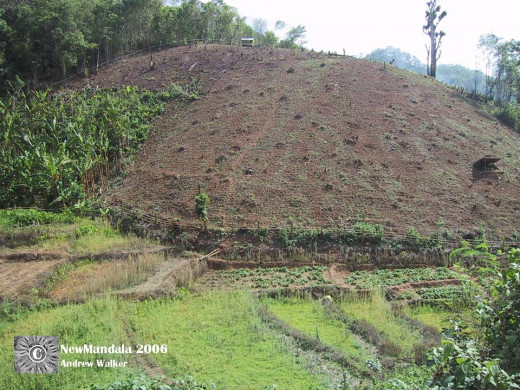
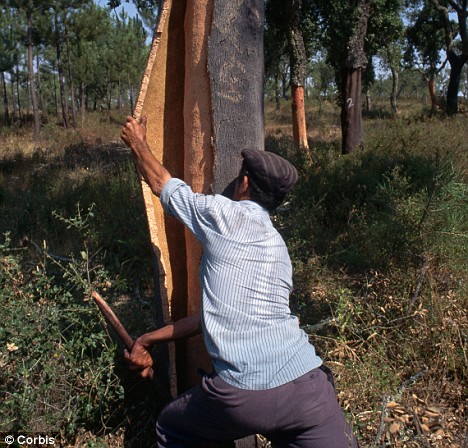
e)Drought tolerance-cowpea are rugged cultivars of drought, plants can send taproot down nearly 8 feet in eight weeks to reach moisture deep into the soil profile.
f)Easy to establish- cowpeas germinate quickly and young plants are robust but may have difficulty in emerging in crusted soils than soybean.
g)Plant residue-decomposed cowpea residue improve soil quality- soil organic matter is increased and soil fertility is restored. According to Andrews (2006), soil quality can be improved by managing crop residue. For the farmer, this is the kind of approach to be undertaken in order to improve degraded upland soils with cover crops.
h)Cash crop-in the tropics farmers are hard pressed for cash, cowpea can be an important source of income. Cowpea pods can be harvested green as vegetable and sold in the fresh market or seeds from matured pods.
.
General benefits of crop residue to soil quality
Primary effect
| Secondary effect
| Tertiary effect
|
|---|---|---|
contribute to soil organic matter
| improve physical, chemiclal, biolgical properties
| increase yield and yield sustainability
|
provide physical barrier
| reduce raindrop impact and wind shear
| reduce soil erosion
|
Source : Andrews,S .S. 2006
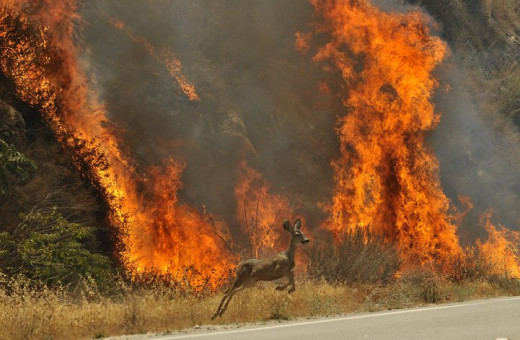
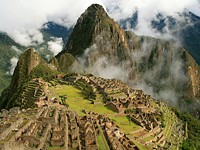
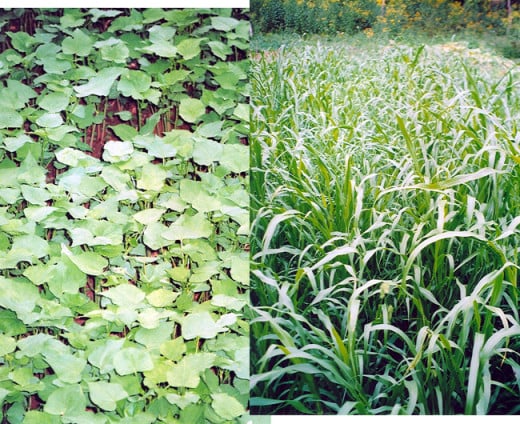
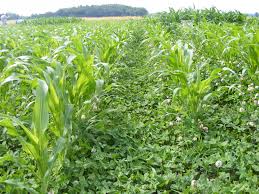
How cover crops are set up
Cover crops are planted just like any other crop,cultural management usually follows the agronomic practices for specific cover crop, moreover, the main crop and the cover crop must complement each other otherwise competition will occur which we do not want to happen. For instance in the uplands, the usual main crops are corn and upland rice, these are cereal crops and the best cover crop to pair with them is cowpea or mungbean.These legume crops are well adapted to the dry condition of the upland and can tolerate shading. By stature, the cereals are taller than the legumes but shading is not a problem because of dense broad leave foliage that are effective in catching diffuse light below the cereal canopy. Depending on the situation and preference of the farmer, a corn (main crop) and cowpea (cover crop) or upland rice-cowpea, is a possible combination. Normally upland rice matures late (140 days) while cowpea in 90 days after planting in this way after harvesting the pods , the farmer can leave the residue in the field for the benefit of the main crop. The remaining moisture in the field is conserved, an additional nitrogen becomes available to the main crop. At this stage, high amount of nitrogen and water is needed to support the ripening grains and this is supplied from the residue of cover crop for free, thus the stability of the system is sustained. The yield may not be substantial, but the overall net gain is higher than its mono-cropped counterpart especially that the farmer is discouraged to buy inorganic fertilizer.There are many other benefits that can be derived from this interaction.
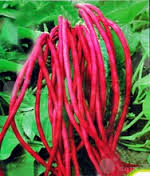
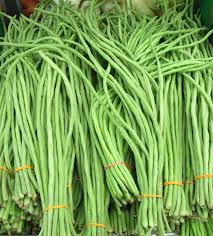
Benefits from cover crops
Cover crops, like legumes (eg. Cowpea) appears to be a potential solution in improving degraded upland soils in the tropics.Legumes can provide multitudes of benefits for both crops and soils and some of them are listed here.
List of potential benefits from cover crops
Soil Quality
| Soil Fertility
| Pest Management
| Environmental Quality
|
|---|---|---|---|
increase water-holding capacity
| N-cycling
| habitat for beneficial insects
| reduced erosion
|
better aeration
| N-addition
| weed suppresor
| reduced N-leaching
|
reduced soil compaction
| enhance P
| increase parasitism of harmful insects
| reduced surface runoff
|
reduced soil crusting
| pH buffering
| insectiary
| reduced soil evaporation
|
better aggregation
| increease soil biotics
| nematode control
| conserved water
|
greater water infeltration
| conserve nutrients
| ||
increase soil fauna and flora
| increase organic matter
| ||
green manure
|
Source: Satell, R. 1998
Recommendation and Conclusion
As mentioned in the preceding chapters, cover crops offered a multitude of benefits both for crops and soils.Cover crops are strongly recommended in the tropics where substantial land areas are undergoing various forms of soil degradation Among leguminous cover crops , cowpea is recommended because of their versatility in improving degraded soils aside from being used as food and feed. The combination of cover crops and agricultural crops depends on the specific needs and particular situation of the farmer. Normally the farmer will choose to use native cultivars in combination with a particular cover crop which possessed a strong adaptation to local conditions. In this way, the productivity of the land is assured and livelihood of the farmer is secured. In conclusion, the use of cover crops is the best alternative to improved soil quality of degraded upland soils.
Lastly, what aisle planet Earth is beyond the scope of cover crops, nevertheless, we must continue advocating the" clean air act" and" save mother earth" movement for the future generations without sacrificing their ability and freedom to do the same and above all don't be a monkey.

References
Andrews, S. S.2006.Crop Residue Removal for Biomass Energy Production: Effects on Soils and Recommendation.USDA-NRCS.
Clark, A.2007. Managing Cover Crops Profitably.3rd.ed.Sustainable Agriculture Network. Beltsville, M.D.
Larsen, W.E.1979. Crop Residue or Erosion Control?. Journal of Soil and Water Conservation (March-April) 74-76.
Pimentel, D. 2006. Soil Erosion and Environmental Threat.Journal of the Environment, Development and Sustainability(6)
Rekacewicz, P.2008.The Global Scale and Consequences of Soil Degradation.International Assesment and Agricultural Science and Technology for Development (IAASTD).
Richardson, W.N and T Stubbs 1977. Plants, Agriculture, and Human Society. W A, Benjamen Inc.Reading, Massachusetts. 353pp.
Satell et al. 1998.In Using Cover Crops in Oregon. EM8704. Oregon State University. Extension Service. Oregon, USA.
USDA-NRCS.1996.Cover and Green Manure Crop: Benefits to Soil Quality. Soil Quality-Agronomy Technical Note(1)pp.1-3.
USDA-NRCS. 1996. Crop Residue Removal for Biomass Energy Production: Effects in Soils and Recommendations.Soil Quality-Agronomy Technical Note(19)pp.1-4.
USDA-NRCS. (1998). Effects of Residue Management and No-Till on Soil Quality.Technical Bulletin(3)pp.1-3.
USDA-NRCS. 1998.Soil Quality-Technical Note(7)pp.1-4.
Wikipedia 2015. Cowpea.
